Steve Rawsthorne from Holland & Holland teaches us the best technique for shooting driven partridge; take note if you are going partridge shooting this season
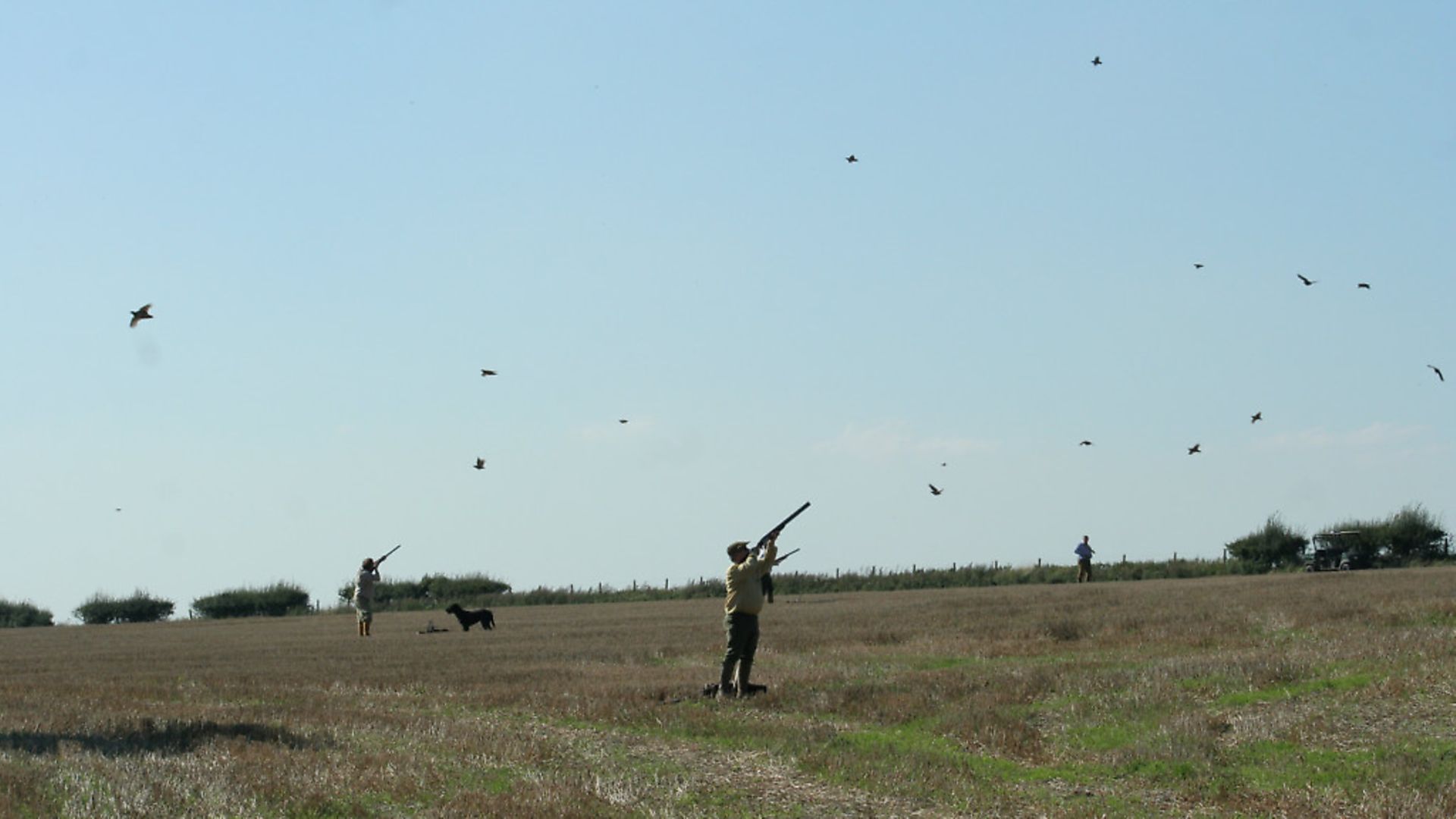 credit: Archant
credit: Archant
For most of us the game season proper starts on 1 September. I know everyone bangs on about the Glorious Twelfth but at £100 a bird it is beyond the reach of most of us – certainly me! (If you want to invite me, though, I will kindly make myself available).
September, on the other hand, brings forth much more attainable quarry, the noble partridge, and ducks and geese.
Early partridges can be something of a mixed bag. If you are fortunate enough to shoot at one of the top partridge shoots, such as Gurston Down, you are more or less assured of a good time, but many shoots do not have the topography that lends itself to that sort of bird.
At the beginning of September the feathers on most birds are still relatively soft; at the shooting school we call them ‘sprog pilots’. In mid to late October they are a different proposition when they have hardened up and been pushed around a few times. On flattish ground when pushed over a hedge they may well not be very high, and if you shoot them directly overhead, as one would with pheasants, they do not provide a terribly challenging shot, save that your pattern will be small and there will be a lot of gun movement going on. You will probably also mash the bird if you do hit it.
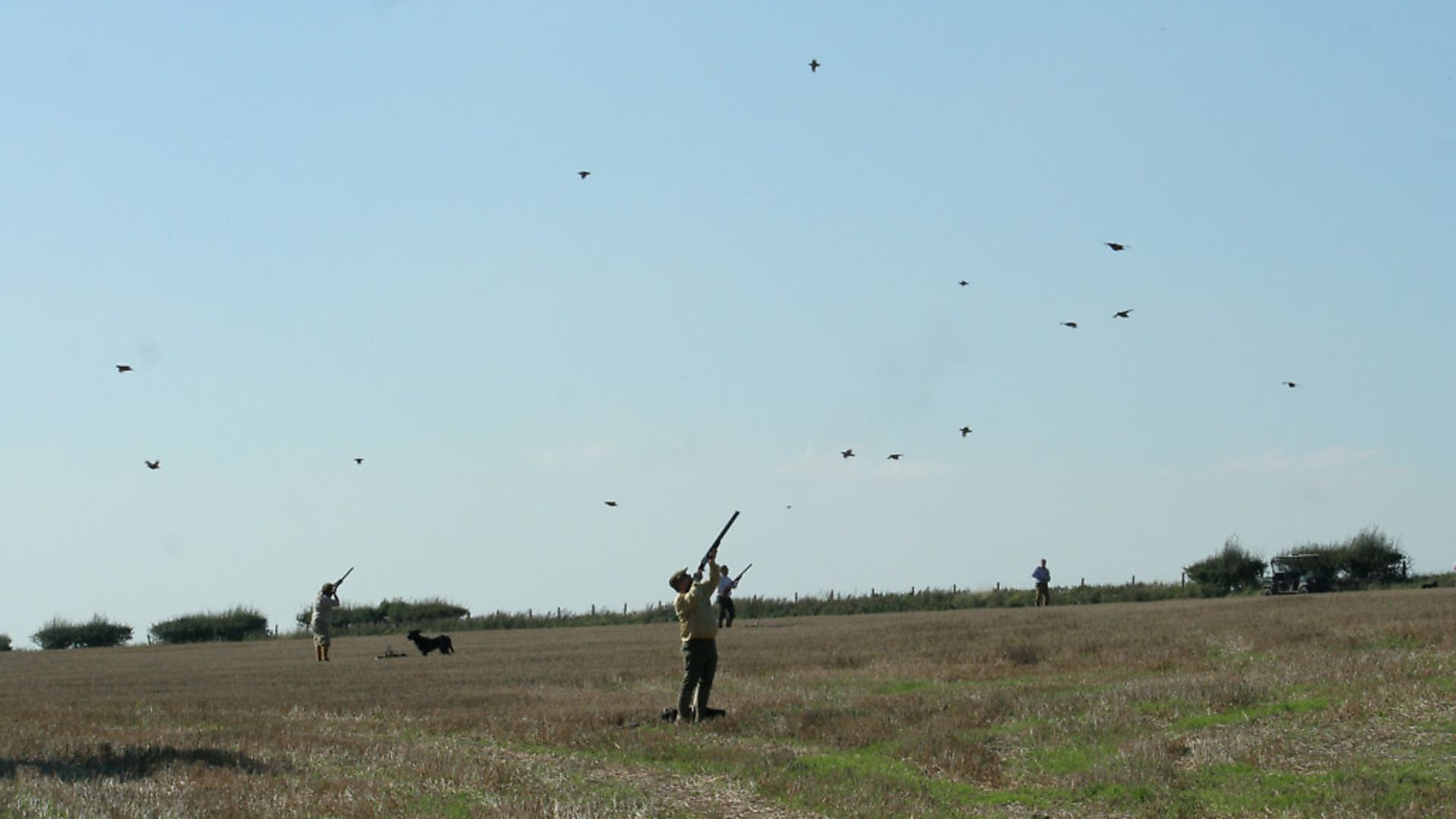 credit: Archant
credit: Archant
OUT IN FRONT
It is far better to take the bird well out in front – 30 yards or so if you can and it is safe to do so. Your pattern has developed much more at that range and you have a better chance of killing it cleanly without ruining it for the pot (see below diagram). If the ground rises in front of you or on the other side of the hedge, or there is cover in front of you, you still need to be able to see daylight below the target. Be sure that you know where the beaters, stops and pickers-up are going to be stationed when shooting lowish birds – you must be safe and be seen to be a safe shot. As a boy I used to get the Eley Hawk Diary and always remember the ‘Father’s advice to a son’ verse in it: ‘All the pheasants ever bred, won’t repay for one man dead.’ It applies just as much today as then, and to partridges too.
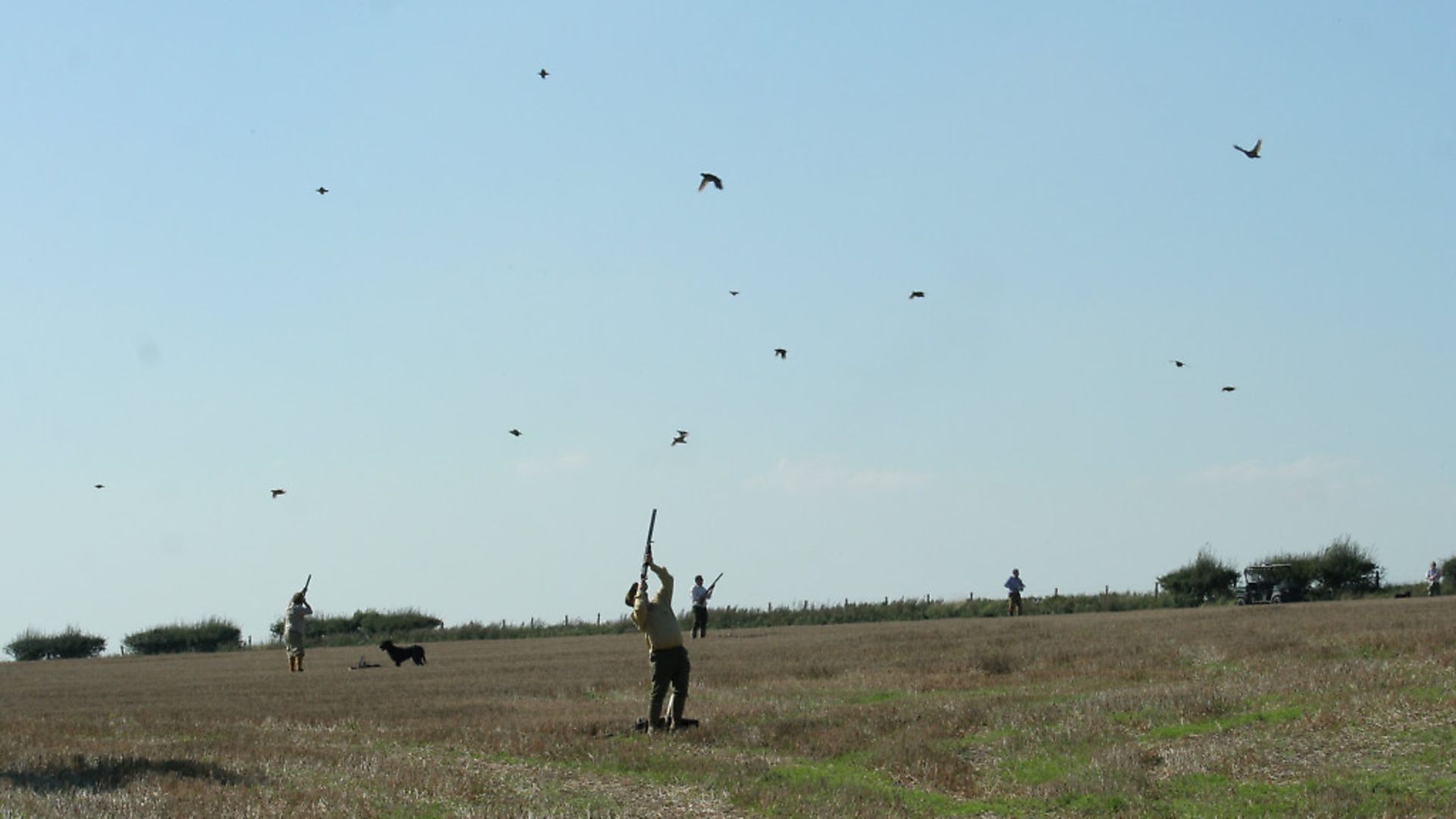 credit: Archant
credit: Archant
TO THE SIDE
If you shoot with the same friends or team of Guns and know each other well, so that you have confidence in their abilities and they in yours, you can agree to take birds well out to the sides, effectively over other Guns. A partridge 10 yards up but 35 or 40 yards out makes a challenging target and crumples in a very satisfying way when hard hit. Often, because they are smaller than a pheasant and especially if you have had a lay-off for the summer months, it is easy to over-lead them because they look so fast and, being smaller, further away. Rather than mounting behind the bird, as you mount the gun have the muzzles moving with it, at the same speed and on the same line, so that as you complete the mount you can just open the lead picture up – and remember to fire and follow through, it matters!
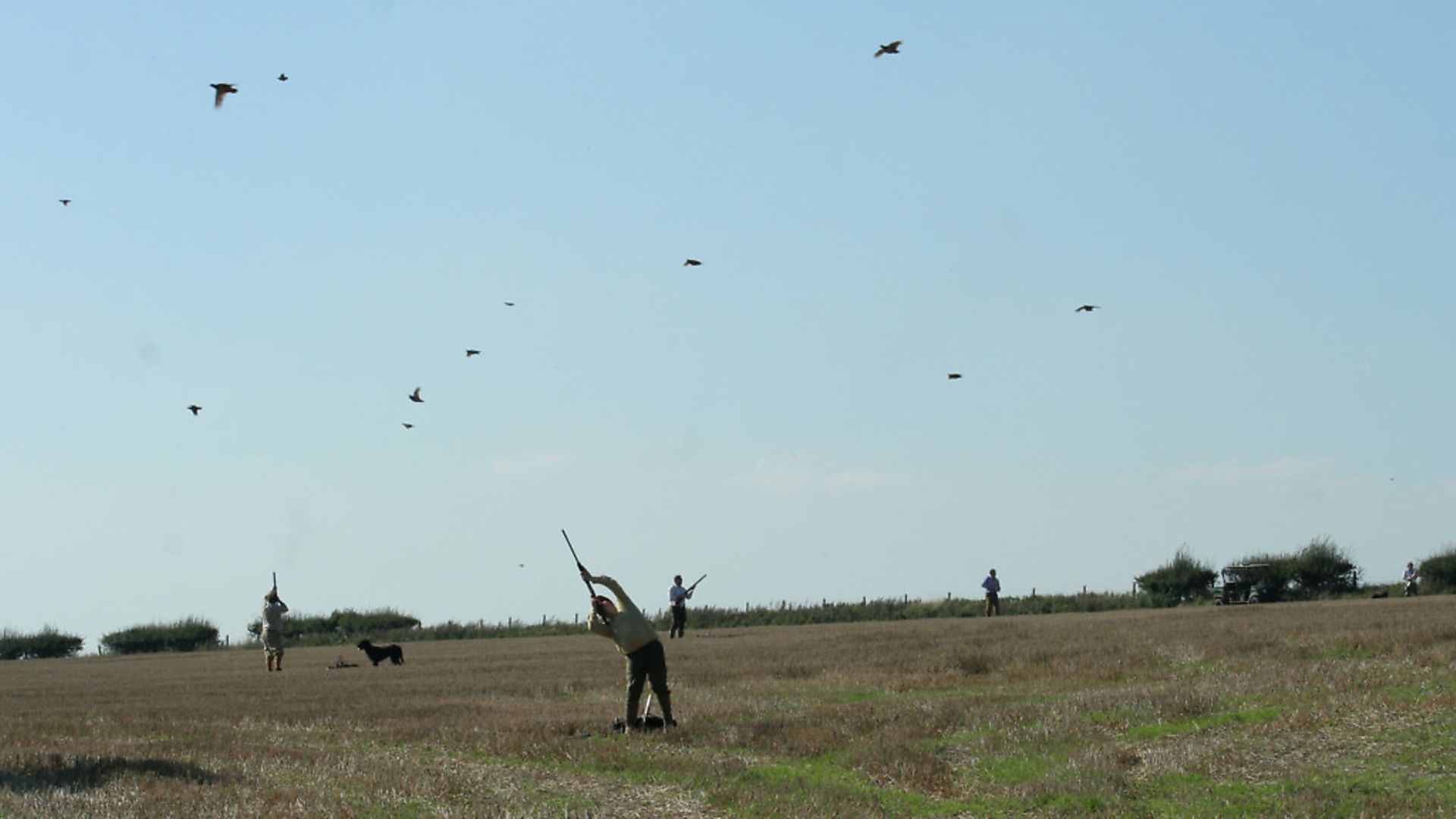 credit: Archant
credit: Archant
HEDGEROW PARTRDIGE
Some shoots stand the Guns far too close to a hedge, either because they think it offers more of a challenge with early September birds or, being cynical, to limit how many birds you shoot. If this happens, and it is safe to do so, try to move back a bit, or have a word with the organiser so it doesn’t happen. If it’s your own shoot, have a look at your Gun positions and think about how you could make the day more challenging and enjoyable – perhaps you need one set of positions for early September and other ones for later in the season? Just because it has always been done that way doesn’t mean you can’t freshen things up for this year.
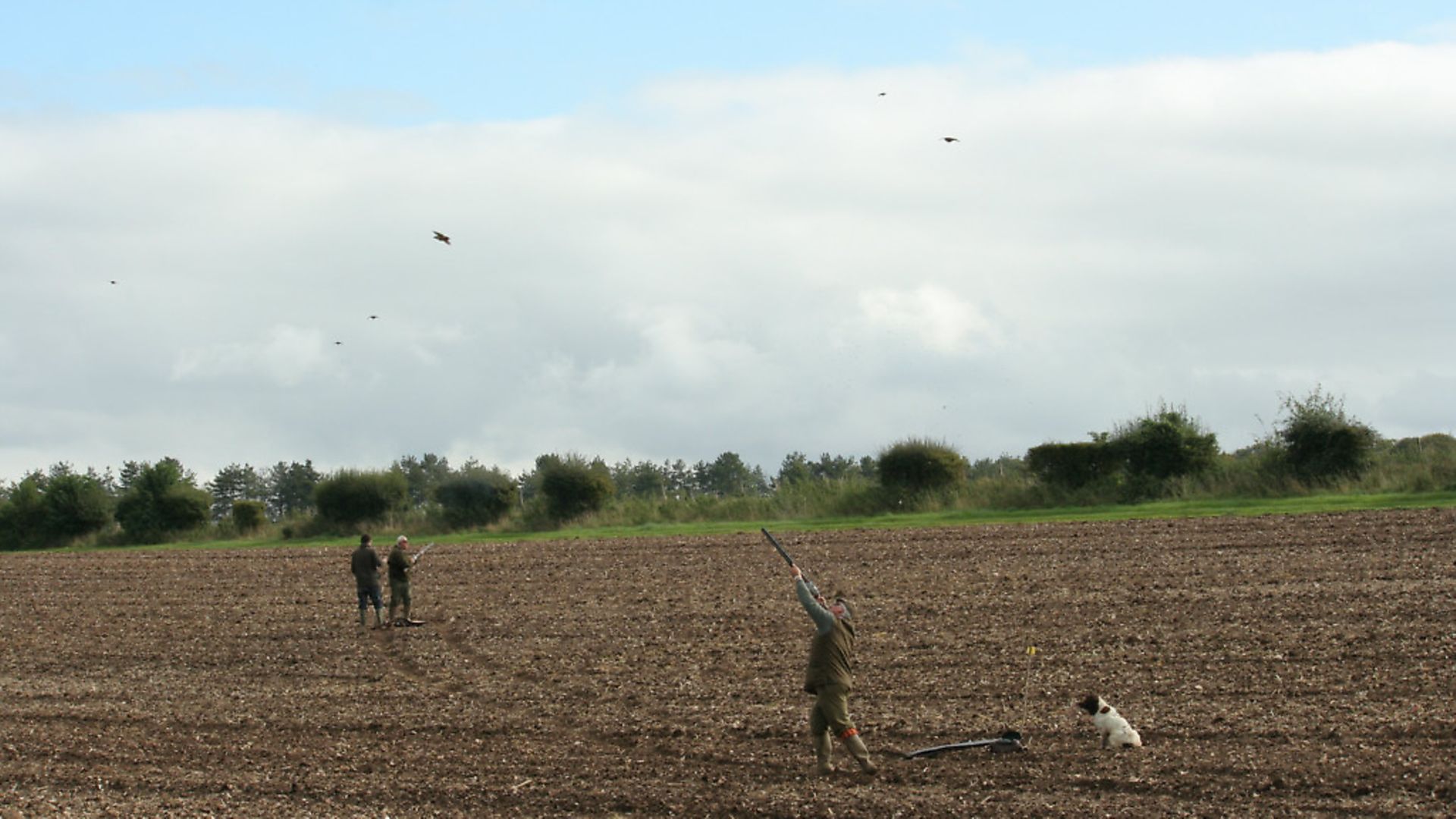 credit: Archant
credit: Archant
AT YOUR PEG
So, on arriving at your peg, have a look around and note the positions of Guns, pickers-up, etc. If you have agreed with your fellow Guns that you will shoot to one side or both, mark off in your mind’s eye the limits of ‘your’ arcs of fire, set your cartridge bag open on the floor and fill a pocket. One of the nice things about shooting in September is being in shirtsleeves and a vest. Dispense with the cartridge belt – they restrict your freedom to move. Standing with the gun under your arm may be comfortable, but when the birds start pouring over, it requires too much movement. Instead, stand with the butt on your hip so that you just need to drop it onto the front hand to be in the ready position. From here, when you see Perdix perdix or Alectoris rufa, push forwards with the front hand, locking the end of the barrel onto it, moving with it as you mount the gun, and as the shoulder pushes into the stock, give it lead and fire.
TRAIN TO GAIN
To shoot out to either side, get some practice in with an instructor. Practise turning and dropping shoulders, and set targets up from a medium-height tower in a realistic setting. Start with one side, then the other, and gradually increase the distance. It is vital that you ‘drop’ the correct shoulder or you will not be hitting much. For the extreme wide right (as a right-hander) you will need to move the feet so that you do not run out of ‘swing’ (an awful word, oft misused). Practise until it becomes automatic. Then have your instructor fire off random ‘on-report’ pairs, so that you do not know which direction they will head in and have to move and turn between shots. Make your training as realistic as possible.